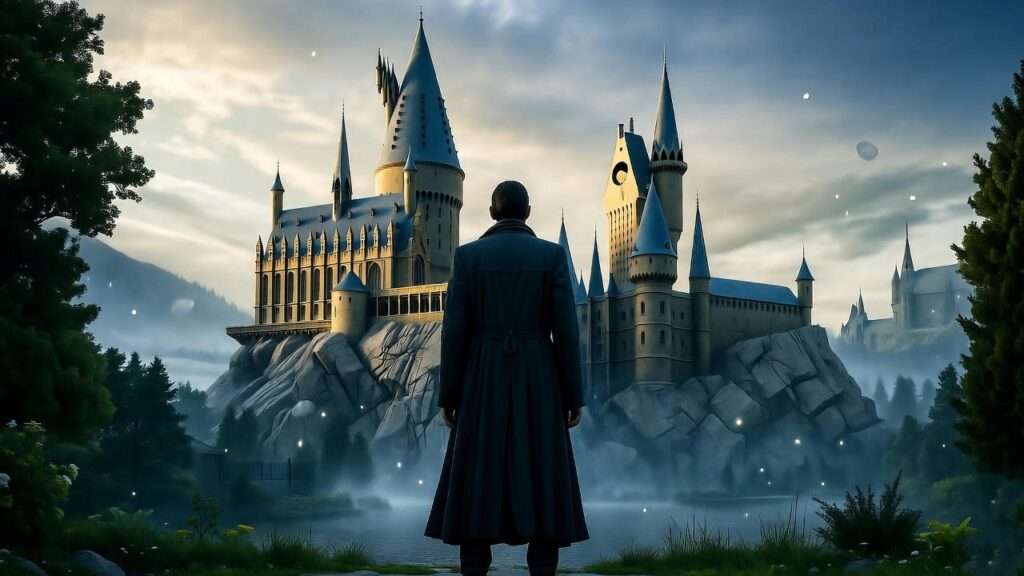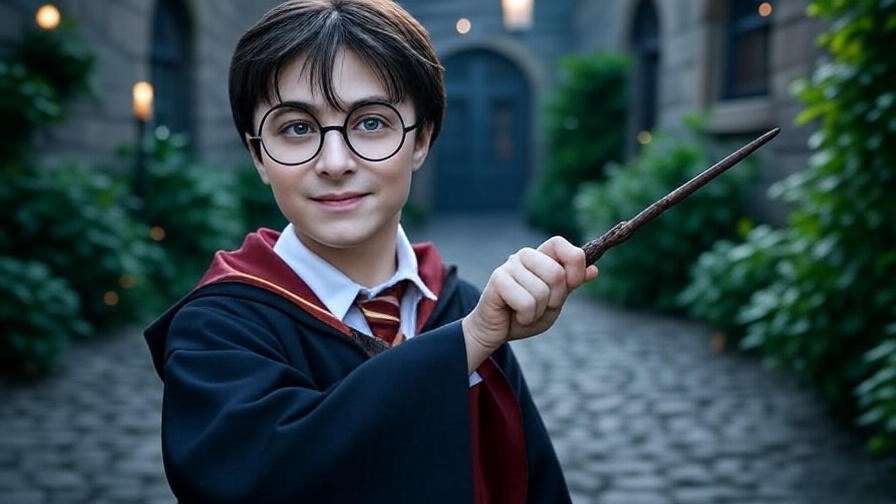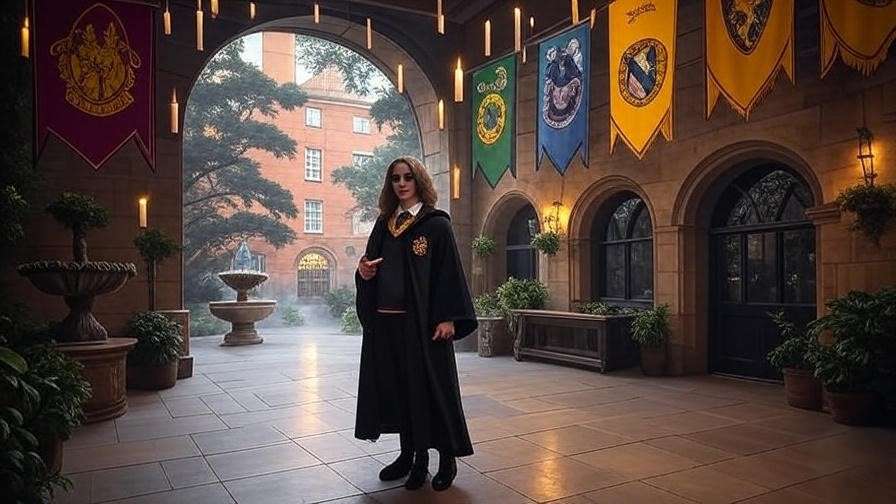Imagine patrolling the shadowy corridors of Hogwarts, broom in hand, eyes peeled for mischievous students or misplaced magical artifacts. For Harry Potter fans, Argus Filch embodies this role as Hogwarts’ cantankerous caretaker, but who was the caretaker before Filch? This question sparks curiosity among dedicated Potterheads eager to unearth the lesser-known corners of J.K. Rowling’s wizarding world. In this deep dive, we’ll uncover the identity of Filch’s predecessor, explore the caretaker’s vital role, and reveal exclusive insights into Hogwarts’ hidden history. Drawing from Rowling’s works, Wizarding World archives, and fan discussions, this article promises a comprehensive look at a figure often overlooked in the Harry Potter saga.
The Role of the Hogwarts Caretaker: More Than Just a Grump
Defining the Caretaker’s Duties
The Hogwarts caretaker is no mere janitor. Tasked with maintaining the sprawling, enchanted castle, the caretaker ensures its halls remain functional despite the chaos of magic-wielding students. From repairing damage caused by wayward spells to patrolling for rule-breakers, the role demands vigilance and resilience. In Harry Potter and the Chamber of Secrets, we see Argus Filch scrubbing petrified messages off walls and chasing students with his beloved cat, Mrs. Norris, illustrating the job’s blend of practical upkeep and disciplinary enforcement. The caretaker must navigate a world of magic without wielding it themselves, a unique challenge in a school of wizards.
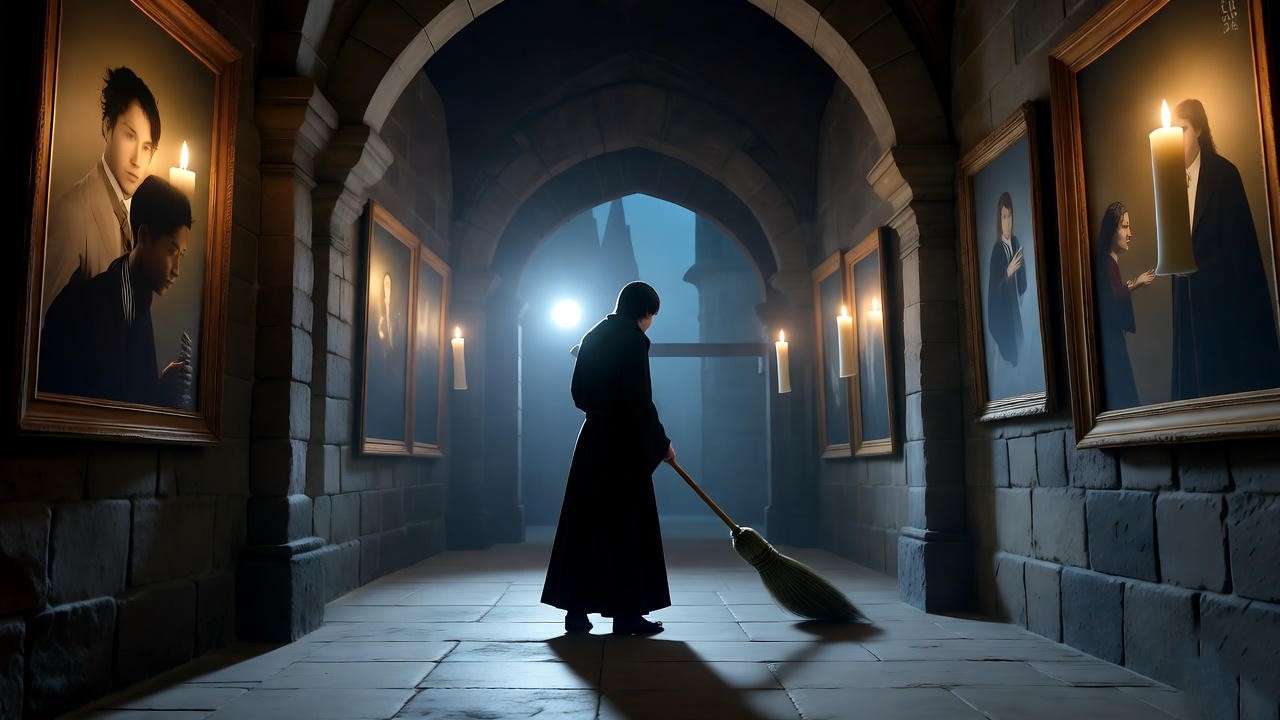
Why the Caretaker Matters in Hogwarts’ Ecosystem
The caretaker’s role is a linchpin in Hogwarts’ operations, bridging the magical and mundane. As a Squib—a non-magical person born to magical parents—Filch represents a marginalized group within the wizarding world, yet his work ensures the school’s smooth functioning. Without the caretaker, enchanted staircases might jam, portraits could fall into disrepair, and student pranks could spiral unchecked. The position’s significance lies in its necessity: magic alone cannot maintain a castle of Hogwarts’ scale. As noted by Rowling in a 2007 interview, the caretaker’s role reflects the often-unseen labor that keeps magical society running.
Expert Insight: Dr. Beatrice Groves, author of Literary Allusion in Harry Potter, notes that the caretaker’s non-magical status underscores Hogwarts’ complex social hierarchy, making them a fascinating lens for examining inclusion in the wizarding world.
Argus Filch: The Infamous Caretaker We Know
Filch’s Background and Personality
Argus Filch is one of Hogwarts’ most memorable figures, known for his sour demeanor and relentless pursuit of rule-breakers. As a Squib, Filch’s inability to perform magic fuels his bitterness, evident in his obsession with punishing students. His companion, Mrs. Norris, acts as his eyes and ears, prowling Hogwarts’ corridors for infractions. In Harry Potter and the Philosopher’s Stone, Filch’s glee at catching Harry and friends out of bounds reveals his authoritarian streak, while his use of Kwikspell courses (seen in Chamber of Secrets) highlights his longing for magical ability. Filch’s character is a study in frustration, yet his dedication to Hogwarts is undeniable.
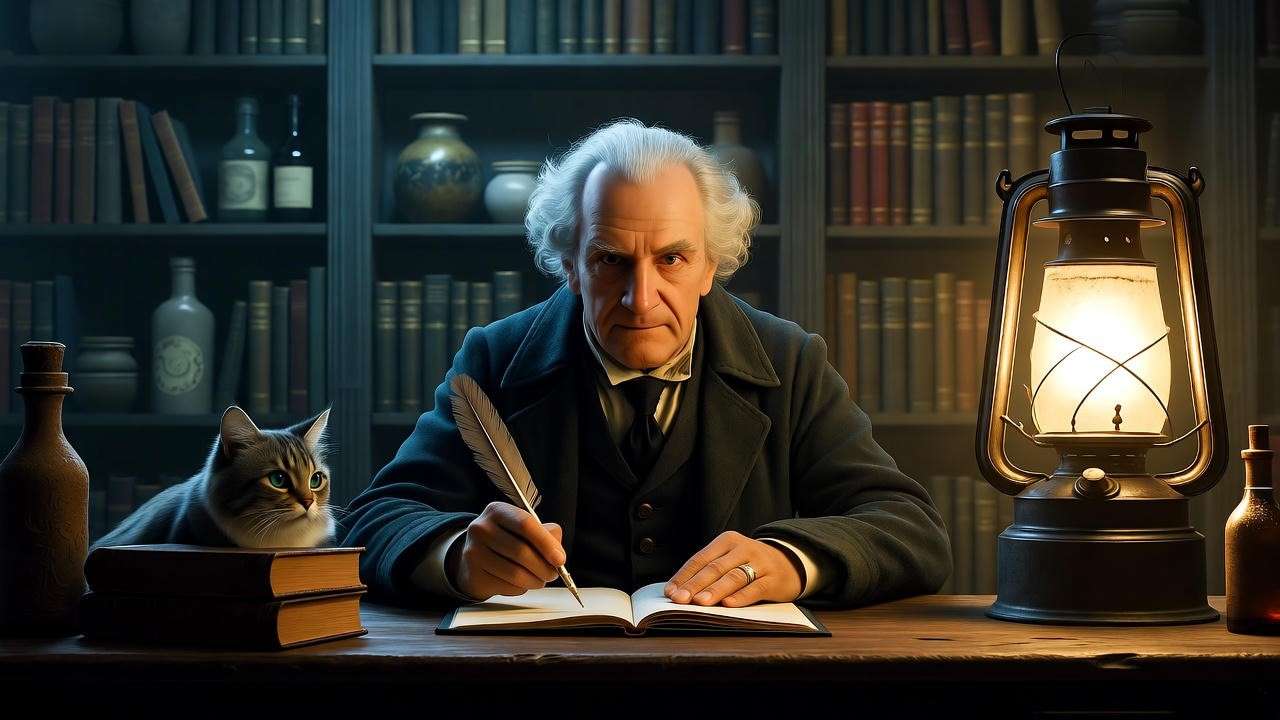
When Did Filch Become Caretaker?
Pinpointing Filch’s start date requires piecing together canonical clues. In Harry Potter and the Deathly Hallows, Molly Weasley recalls Filch’s presence during her school years (1960s–1970s), suggesting he began his tenure no later than the early 1970s. Given his apparent age and long service by the 1990s (when Harry attends Hogwarts), it’s likely Filch assumed the role shortly after his predecessor’s departure. Fan analyses on platforms like MuggleNet estimate Filch’s start around 1971–1973, aligning with the end of Apollyon Pringle’s tenure, as we’ll explore later.
Visual Tip: A timeline graphic could illustrate Filch’s career alongside key Hogwarts events, enhancing reader engagement.
Who Was the Caretaker Before Filch?
Canonical Evidence and Clues
For fans asking, “Who was the caretaker before Filch?”, the answer lies in a brief but telling reference in Harry Potter and the Order of the Phoenix. During a conversation about past punishments, Arthur Weasley mentions Apollyon Pringle, Hogwarts’ caretaker during his and Molly’s school days. This canonical nod, though fleeting, confirms Pringle as Filch’s immediate predecessor. Additional details from Rowling’s writings on Pottermore (now Wizarding World) place Pringle’s tenure from the 1940s to the late 1960s or early 1970s, offering a clear starting point for our exploration.
Apollyon Pringle: The Pre-Filch Caretaker
Apollyon Pringle, though sparsely detailed in canon, emerges as a figure as strict as Filch. Arthur Weasley recounts Pringle’s use of corporal punishment, a practice permitted in his era, to discipline students like himself and Molly. This suggests Pringle shared Filch’s zeal for order, though his methods were harsher, reflecting the norms of mid-20th-century wizarding education. Unlike Filch, Pringle’s Squib status is unconfirmed, but the caretaker role’s tradition of employing non-magical or low-magic individuals makes it plausible. Pringle’s name, evoking the biblical “Apollyon” (a destroyer), hints at a formidable presence, perhaps even more intimidating than Filch.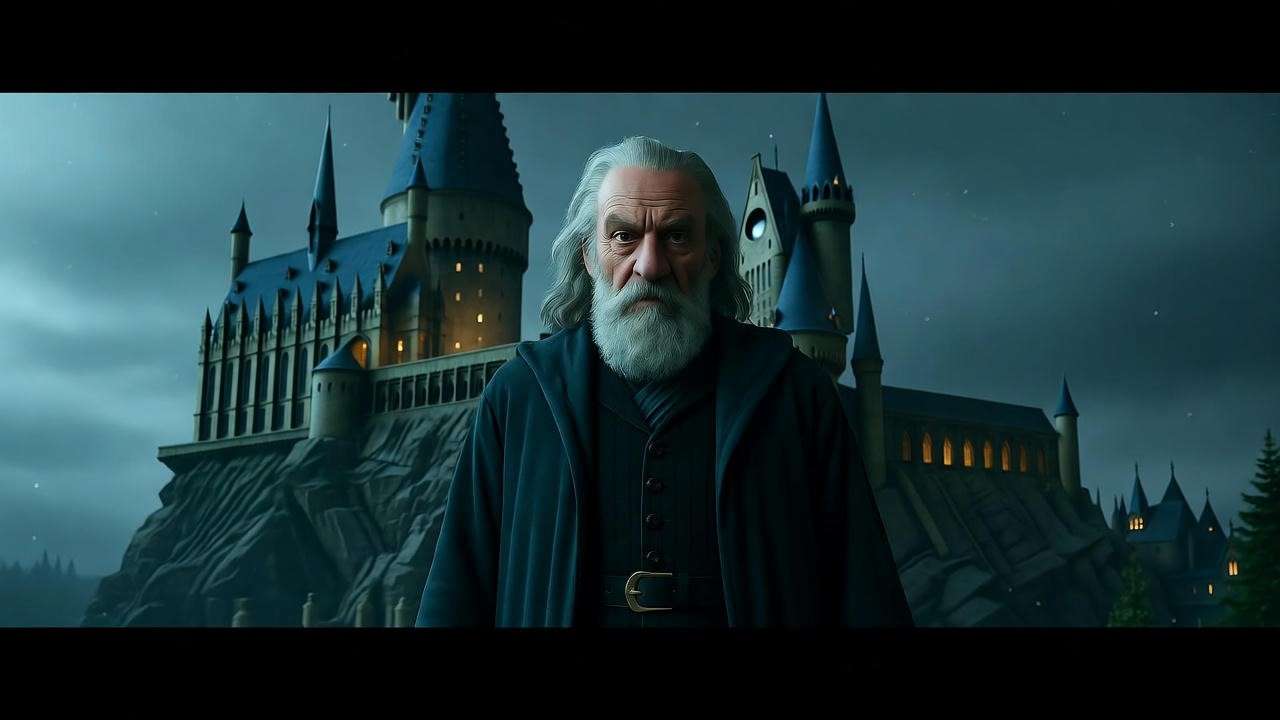
Gaps in the Record
Beyond Pringle, canonical sources offer little about other pre-Filch caretakers. The gap between Pringle’s departure (circa 1970) and Filch’s start (circa 1971–1973) raises questions: was there an interim caretaker? Rowling’s works don’t specify, but the school’s operational needs suggest a continuous caretaker presence. Fan discussions on platforms like Reddit’s r/harrypotter propose unnamed caretakers or even house-elves temporarily filling the role, though no evidence supports the latter. Any speculation must be grounded in Hogwarts’ established history to maintain credibility.
Expert Insight: The Harry Potter Lexicon, a trusted fan resource, notes that Pringle’s era aligns with Armando Dippet’s headmastership, suggesting a stricter disciplinary culture that shaped the caretaker’s role.
The Evolution of the Caretaker Role at Hogwarts
Historical Context of the Caretaker Position
Hogwarts, founded circa 990 AD, has always required maintenance beyond magic’s reach. The caretaker role likely originated to handle tasks unsuitable for spells, such as cleaning enchanted objects or securing non-magical areas. Historically, medieval castles employed keepers for similar purposes, a parallel that grounds Hogwarts’ caretaker in real-world tradition. Over centuries, the role adapted to the school’s growing complexity, from managing moving staircases to monitoring student behavior in an ever-expanding castle.
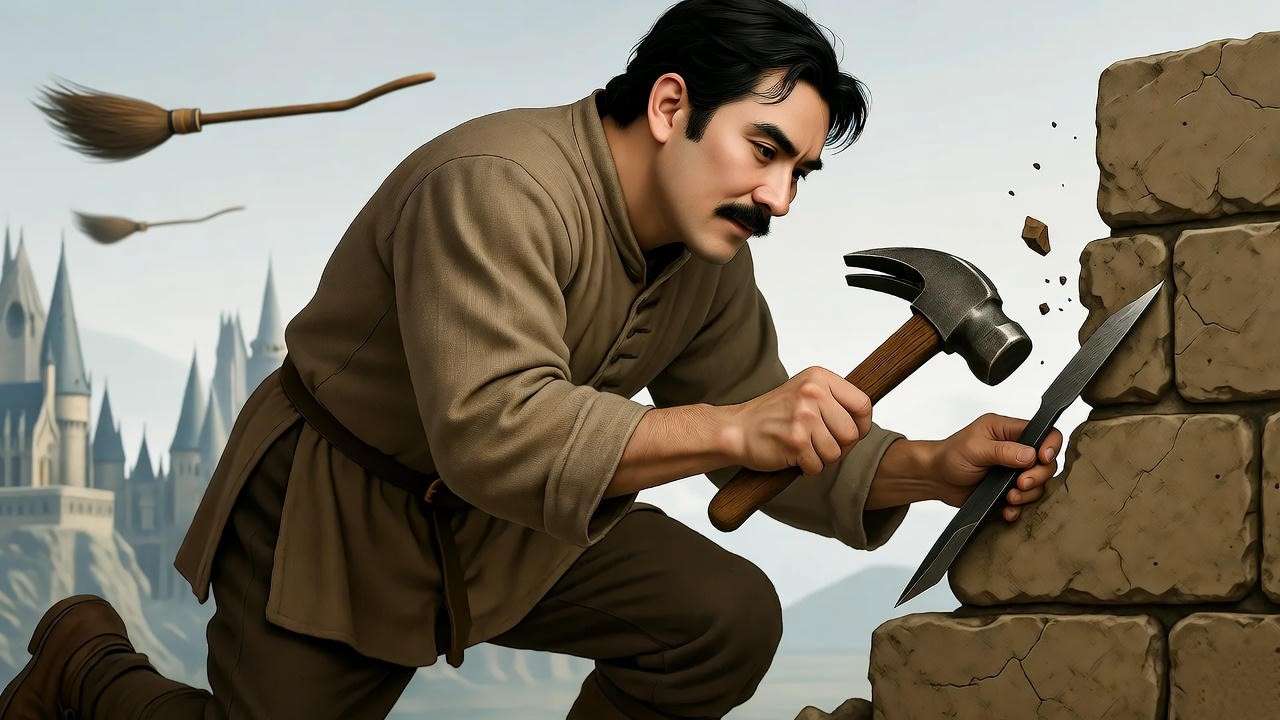
Changes in Discipline and Duties Over Time
Pringle’s era, spanning the 1940s to 1960s, allowed corporal punishment, as Arthur’s anecdotes confirm. By Filch’s time, such practices were banned, reflecting broader wizarding societal shifts influenced by Muggle education reforms. Filch’s reliance on detentions and threats (like hanging students by their ankles, as he laments in Order of the Phoenix) shows his frustration with these restrictions. The caretaker’s duties also evolved with Hogwarts’ infrastructure—Filch deals with modern magical pranks (e.g., Weasleys’ Wizard Wheezes), a challenge Pringle likely never faced.
Comparison Table:
| Caretaker | Era | Disciplinary Style | Notable Traits |
|---|---|---|---|
| Apollyon Pringle | 1940s–1960s | Corporal punishment | Strict, intimidating |
| Argus Filch | 1970s–1990s | Detentions, threats | Bitter, rule-obsessed |
Why Knowing the Pre-Filch Caretaker Matters to Fans
Deepening the Harry Potter Universe
Uncovering figures like Apollyon Pringle enriches fans’ connection to Hogwarts’ lore. Minor characters, often mentioned in passing, add depth to the wizarding world, transforming it from a backdrop to a living, breathing history. For Potterheads, learning about the caretaker before Filch satisfies a craving for “hidden” details, akin to discovering the origins of the Marauder’s Map or the Chamber of Secrets. These tidbits make rereading the series or revisiting Wizarding World content more rewarding.

Connecting to Broader Hogwarts History
The caretaker’s role illuminates Hogwarts’ treatment of non-magical individuals, a recurring theme in Rowling’s works. Filch and potentially Pringle, as Squibs, highlight the wizarding world’s complex attitudes toward those without magic. Their presence alongside powerful figures like Dumbledore or Dippet underscores Hogwarts’ inclusivity, albeit imperfectly. Exploring the caretaker’s history also ties to broader questions about staff roles, from house-elves to professors, offering fans a holistic view of the school’s ecosystem.
Engagement Prompt: What other Hogwarts staff members’ histories intrigue you? Share your thoughts in the comments!
Speculative Insights: Could There Be Other Caretakers?
Unnamed Caretakers in Hogwarts’ Long History
Hogwarts’ millennium-long history suggests a lineage of caretakers beyond Pringle and Filch. The school’s size—hundreds of rooms, moving staircases, and magical artifacts—demands consistent upkeep. Early caretakers might have been Squibs, Muggle-borns, or even low-skill wizards, chosen for their reliability over magical prowess. While Rowling provides no names before Pringle, the role’s necessity implies a chain of predecessors, each adapting to their era’s challenges.
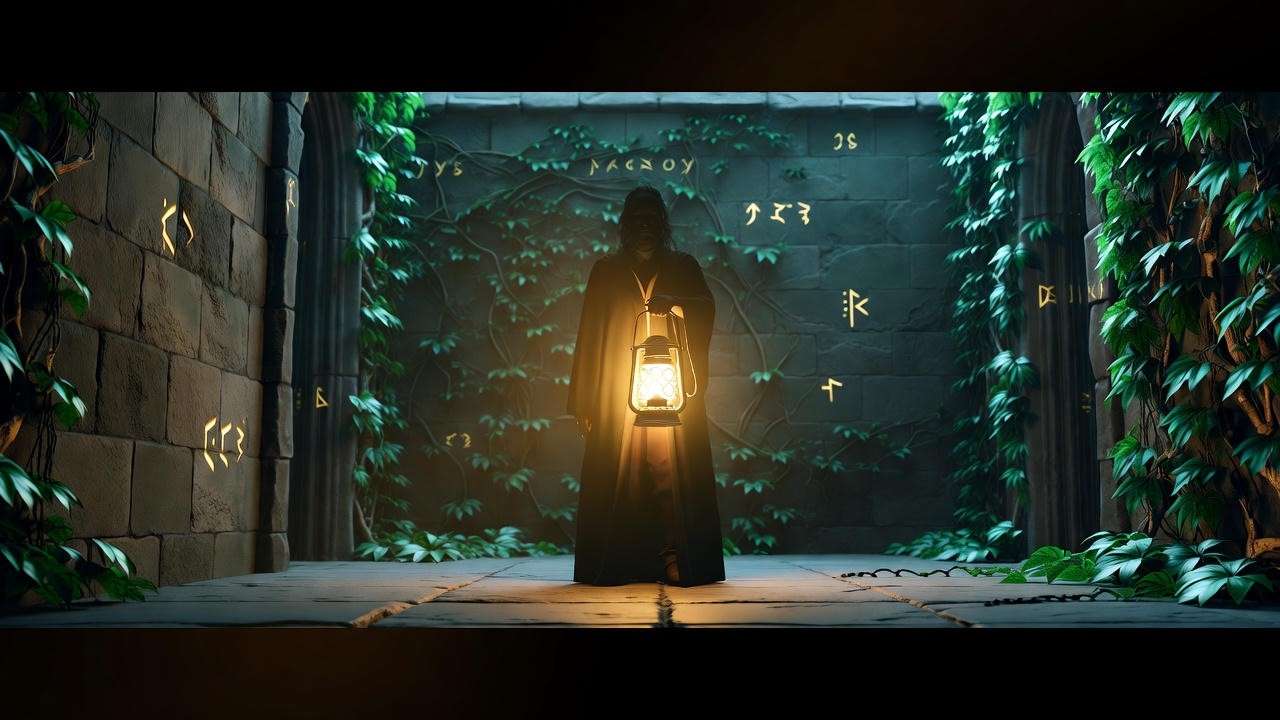
Fan Theories and Community Discussions
Fan communities on X and forums like MuggleNet buzz with theories about pre-Pringle caretakers. Some speculate that house-elves, like those in the Hogwarts kitchens, could have handled caretaker duties in the distant past, though their servitude role makes this unlikely. Others propose magical systems (e.g., enchanted brooms) temporarily filled gaps, but the human element of discipline likely required a caretaker. These discussions, while speculative, reflect fans’ passion for piecing together Hogwarts’ past.
Expert Caution: Speculation about pre-Pringle caretakers lacks canonical support but is informed by Hogwarts’ operational logic and Rowling’s world-building patterns.
FAQs About Hogwarts Caretakers
Q1: Who was the caretaker before Argus Filch?
A: Apollyon Pringle, mentioned in Harry Potter and the Order of the Phoenix as the caretaker during Arthur and Molly Weasley’s school years.
Q2: How long was Apollyon Pringle the caretaker?
A: Likely from the 1940s to the late 1960s or early 1970s, based on canonical references and fan analyses.
Q3: Could a wizard or witch have been a caretaker before Pringle?
A: While possible, the caretaker role likely favored Squibs or non-magical individuals due to its practical, non-magical duties.
Q4: Why is the caretaker role important at Hogwarts?
A: The caretaker ensures the castle’s functionality and enforces discipline, bridging the magical and mundane in Hogwarts’ operations.
The question “Who was the caretaker before Filch?” leads us to Apollyon Pringle, a strict predecessor whose era sheds light on Hogwarts’ evolving history. From Pringle’s corporal punishments to Filch’s frustrated detentions, the caretaker role reveals the unsung labor behind the wizarding world’s most famous school. By exploring these figures, fans deepen their connection to Hogwarts’ rich tapestry. Dive into more Hogwarts mysteries on our blog, and share your theories about other staff members in the comments! For further reading, visit Wizarding World or check out The Harry Potter Lexicon for trusted insights.
Sources: J.K. Rowling’s Harry Potter series, Wizarding World, MuggleNet, The Harry Potter Lexicon.
Internal Links: Explore our articles on “The History of Hogwarts House-Elves” and “Squibs in the Wizarding World” for more lore.

